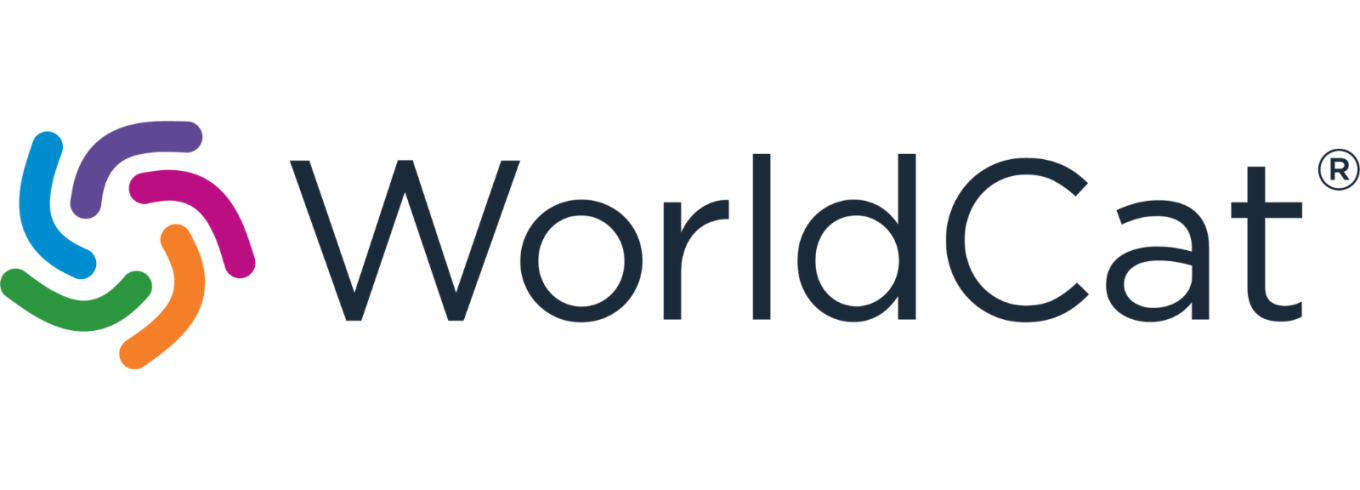Comparative Efficacy of Weed Management Practices on Grain and Straw Yields of Wheat
DOI:
https://doi.org/10.62810/jnsr.v2i1.20Keywords:
Broad leaves herbicides, Grain yield, Narrow leave herbicides, Straw yield, Weeds, WheatAbstract
Wheat is central to Afghanistan's food security. It accounts for 76 percent of the annual grain cereal harvest and 57 percent of the country's total food crop production. Several factors, such as low-yielding varieties, low soil fertility, low-quality agrochemicals, widespread pest and disease infestations, and widespread distribution of weeds, are the leading causes of low wheat productivity in the country. The current study was conducted at the Student Research farm of the Faculty of Agriculture at Kabul University to determine the overall effects of weeds on wheat grain and straw yields and to evaluate and compare different weed management practices in the wheat field. After applying the weed management practices, among the treatments, T1, T3, and T4 showed only 8.3, 5, and 2.3 percent weed populations, respectively, compared to the untreated control. Regarding grain and straw yields, mechanical control (hand weeding) ranked first with a grain yield of 4,867 kg/ha, followed by T1 (4,580 kg/ha), T3 (4,513 kg/ha), T2 (4,133 kg/ha), and T5 (3,416 kg/ha), respectively. The difference in straw yield among the treatments was not significant; however, mechanical control ranked first (7,103 kg/ha), followed by T1 (6,783 kg/ha), T3 (6,700 kg/ha), T2 (6,207 kg/ha), and T5 (5,280 kg/ha), respectively. The study findings concluded that by eliminating weeds, wheat grain and straw yields could be increased by an average of 30 and 26 percent, respectively. As broad-leaved weeds are widely distributed in the wheat fields, applying relative herbicides such as 2,4-D is more effective and recommended for all cultivation methods.
Downloads
References
Amare, T., Cherukuri, V., Raghavaiah and Zeki, T. (2016). Productivity, Yield Attributes and Weed Control in Wheat (Triticum aestivum L.) as Influenced by Integrated Weed Management in Central High Lands of Ethiopia, East Africa. Adv. Crop Sci. Tech. 4:1 https:10.4172/2329-8863.1000206 DOI: https://doi.org/10.4172/2329-8863.1000206
Amare, Tesfay. (2014). Effect of weed management methods on weeds and wheat (Triticum aestivum L.) yield. African Journal of Agricultural Research 9(24):1914-1920. https:10.5897/AJAR2013.8288
Rahimi, A. M., Ministry of Agriculture. (2013). WHEAT SECTOR DEVELOPMENT PROGRAMME Of AFGHANISTAN. In Wheat Sector Development Program (WSDP) (p. 73). Retrived from: https://faolex.fao.org/docs/pdf/afg190110.pdf.
Anonymous. (2020). Afghanistan Statistical Year Book. National Statistics and Information Authority of Afghaninstan(NSIA). Retrieved from https://www.almendron.com/tribuna/wp-content/uploads/2021/08/afghanistan-statistical-yearbook-2019-1st-version.pdf
Chand, L. & Puniya, R. (2017). Bio-efficacy of alone and mixture of herbicides against complex weed flora in wheat (Triticum aestivum) under sub-tropical conditions. Indian Journal of Agrcultural Science 87(9): 1149-1154. https:10.56093/ijas. v87i9.73929 DOI: https://doi.org/10.56093/ijas.v87i9.73929
Birhanu, G. (2020). Effect of Integrated Weed Management Practice on Bread Wheat (Triticum aestivum L.). Interantional Journal of Res. Agril Sci, 7(5).
Hossain, M. I., Barma, N. C. D., Islam, A. T. M. R., Uddin, M. Z., & Rahman, M. M. (2009). Effect of newly developed herbicides on the growth and yield of wheat. Int J Sustain Crop Prod, 4, 1-4. https://doi.org/10.20546/ijcmas.2020.904.053
Inqilaabi, N. M., & Ahmadi, A. Y. (2022). Effect of herbicides on weed control and grain yield of wheat in Kabul, Afghanistan. Afghanistan. E-Planet, 20(1), 20–23
Islam, M., Begum, M., Salam, A., & Rahman, A. (2023). Effect of Weed Control Methods on the Yield of Wheat. Agrotechnology, 12(309), 1–9.
Jan, A. and How, P. (2013). Weed control trainings for agricultural stakeholders is increasing wheat productivity in Northern Afghanistan. Retrieved from https://www. jdainternational.org.
Jat, R. S., Nepalia, V. and Chaudhary, P. D. (2003). Influence of herbicide and methods of sowing on weed dynamics in wheat (Triticum aestivum). Indian Journal of Weed Science 35 18-20.
Marwat, K. B., Azim, K., Hashimi, S., Nawab, K. and Khatak, A. M. (2011). Integrated weed management in wheat. Pakistan Journal of Botany, 43(1): 625-633
Oad, F. C., Siddiqui, M. H., & Buriro, U. A. (2007). Growth and yield losses in wheat due to different weed densities. Asian Journal of Plant Sciences, 6(1), 173–176. https://doi.org/10.3923/ajps.2007.173.176 DOI: https://doi.org/10.3923/ajps.2007.173.176
Riaz, M., & Jamil, M. (2006). Effect of Various Weed Control Methods on Yield and Yield Components of Wheat Under Different Cropping Patterns Investigation of antidiabetic, antiinflammatory and antinociceptive effects of Medicinal Plants View project zaxinone biosynthesis View project. International Journal of Agriculture & Biology, 8(January). http://www.fspublishers.org
Shakya, N., & Dixit, J. P. (2017). Studies on weed management practices in wheat [Triticum Aestivum (L.)]. Plant Archives, 17(2), 1543–1548.
Shivran, A. C., rita, S., Choudhary, J., & Bamboriya, J. S. (2020). Effect of Different Herbicides on Growth and Yield of Wheat (Triticum aestivum L.). International Journal of Current Microbiology and Applied Sciences, 9(4), 438–448. https://doi.org/10.20546/ijcmas.2020.904.053 DOI: https://doi.org/10.20546/ijcmas.2020.904.053
Singh, R. K., Singh, S. R. K., & Gautam, U. S. (2013). Weed control efficiency of herbicides in irrigated wheat (Triticum aestivum ). Indian Research Journal of Extension Education, 13(1), 126–128.
Tunio, S. D., & Kaka, S. N. (2004). Effect of integrated weed management practices on wheat yield. Pakistan Journal of Agriculture, Agricultural Engineering Veterinary Sciences (Pakistan), 20(1).
Wara, T. U., Begum, M., Kader, M. A., Rasul, S., Hasan, M., & Monira, S. (2020). Effect of herbicides on weed control and performance of wheat. Asian Journal of Crop, Soil Science and Plant Nutrition, 3(2), 102–113. https://doi.org/10.18801/ajcsp.030220.14 DOI: https://doi.org/10.18801/ajcsp.030220.14
Ziar, Y. K., Das, T. K., Hakimi, A. R., Shekhawat, K., & Paul, A. K. (2017). Chemical weed management in wheat (Triticum aestivum) under semi-arid conditions of Kandahar, Afghanistan. (2001). Indian Journal of Agronomy, 62(3), 359-362. https://doi.org/10.59797/ija.v62i3.4308. DOI: https://doi.org/10.59797/ija.v62i3.4308
Downloads
Published
How to Cite
Issue
Section
License
Copyright (c) 2024 Noor Ahmad Popal

This work is licensed under a Creative Commons Attribution-NonCommercial 4.0 International License.

























